Swope immediately staffs his agency, renamed Truth and Soul Inc, with Black radicals, firebrands, charlatans and kooks (including the great Antonio Fargas in his film debut, who Downey saw in a play and immediately cast in the film) and begins an agenda to totally overthrow the system, producing commercials attacking society, racism, and all-American values. But even the best or most revolutionary of intentions go awry and corruption and greed seeps in. Eventually, the whole grand venture goes up in smoke. “Putney Swope” is a film with a jaundiced view of people and their desires. No one is safe and Downey takes nothing for granted. In the end, we are all guilty and commended by our own faults.
Coming on the heels of “Putney Swope” was “Pound” in 1970, released by United Artists with an X rating by the newly formed MPAA ratings system. The controversial film was based on his earlier 1961 Off-off Broadway play about an unusual collection of stray dogs (all played by humans in normal dress and makeup, with Robert Downey Jr. in his first screen appearance at the age of five playing a puppy) waiting to be euthanized. In Downey’s view, humans are not that much different than dogs fighting for survival. It’s intentionally vulgar, outrageous, and designed to be off-putting. That is the beauty of it. Downey took the new liberties that the MPAA ratings system gave filmmakers and pushed them to what was then the limit. Though there’s nothing in the film today that would warrant even remotely an X or NC-17 rating, it’s still not an easy film to sit through. The movie’s final scene intentionally brings up images and memories of the gas chambers of the Nazi concentration camps. Downey loved to make audiences uncomfortable, to shake them out of their quiet contemplative lives and to confront the system.
His other great film was 1972’s “Greaser’s Palace,” which takes the story of Christ and turns it on its head. Described as an “acid western” by critic Jonathan Rosenbaum at the time of its release, “Greaser’s Palace” fits neatly into that sub-genre of westerns that were more metaphysical in approach and influenced by the counter-culture moment of the late ‘60s and ‘70s such as “Zachariah,” “El Topo,” and “The Hired Hand.”
Set in the old West in New Mexico, the film revolves around Jesse (Alan Arbus), who dresses in loud clothes like an old-time vaudevillian of the period. He wanders around the vast landscape making miracles, healing the sick, bleeding stigmata from his hands, and tap-dancing across water. Of course, he is crucified at the end. But, for Downey, religion was just as good of a subject matter as race and capitalism even if it’s all just show business.
You can view the original article HERE.


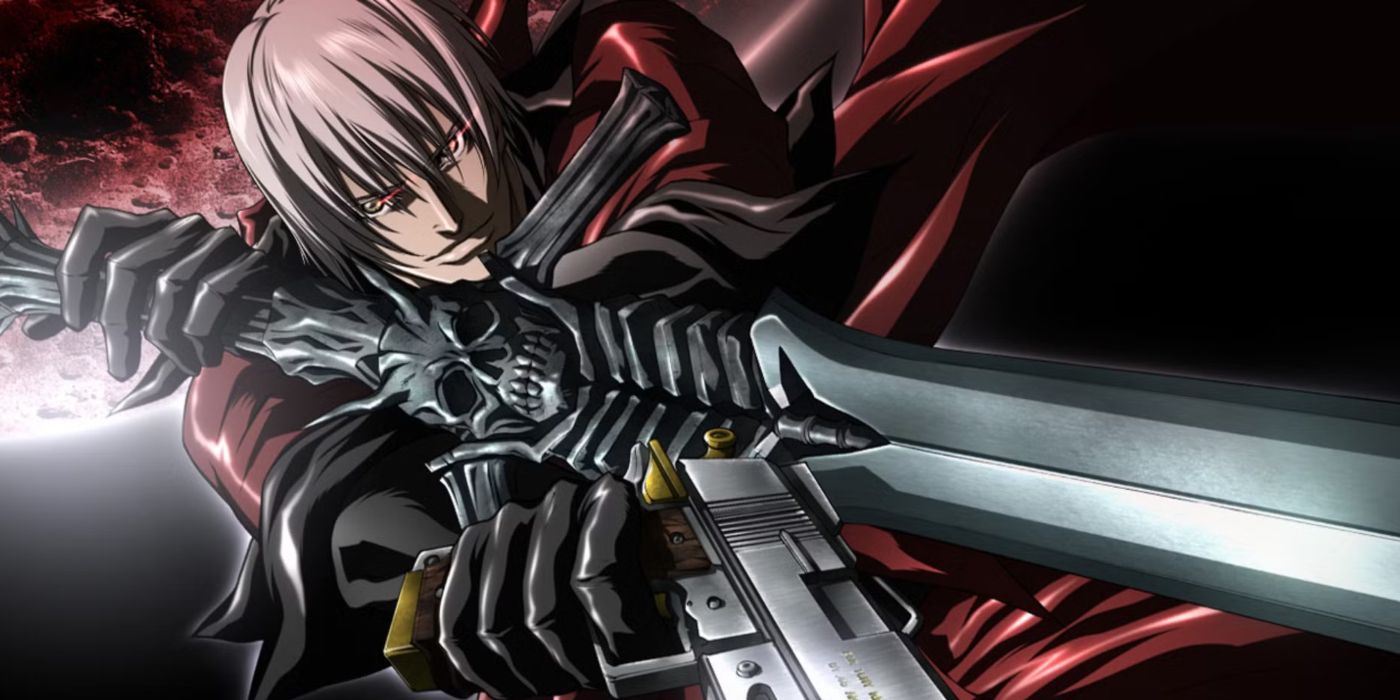



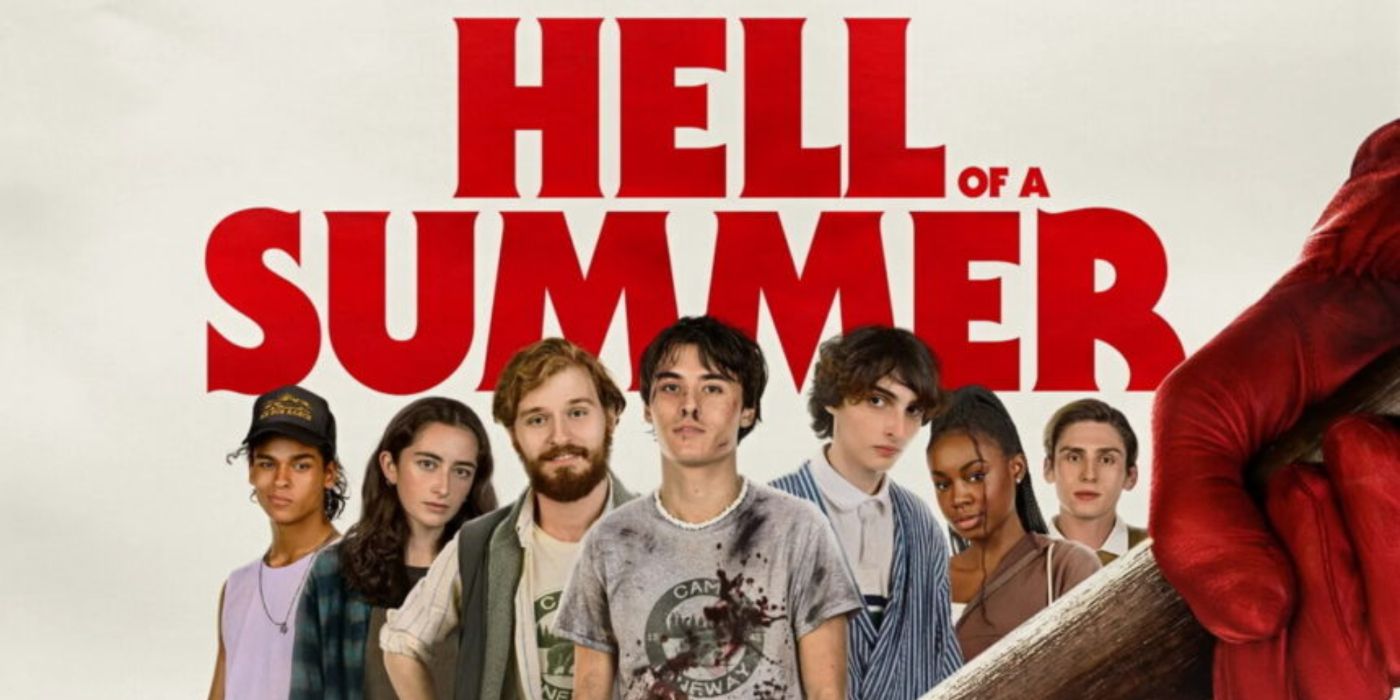
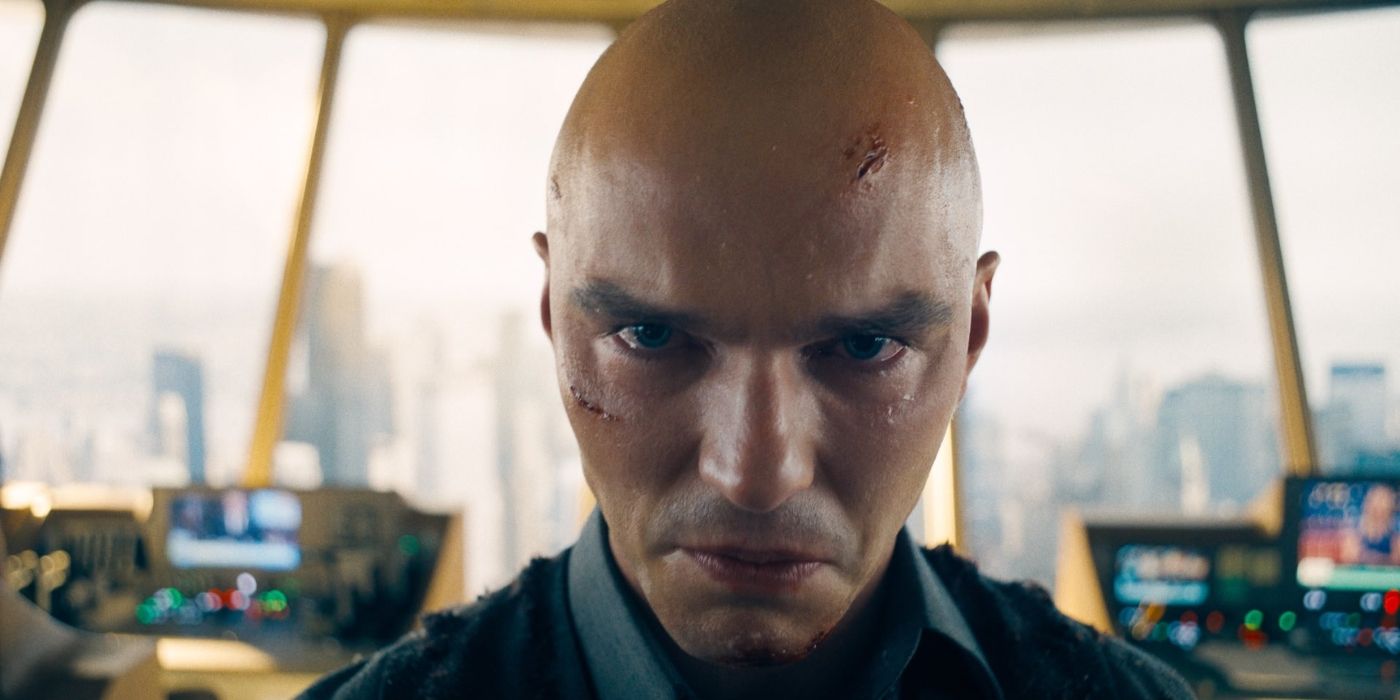


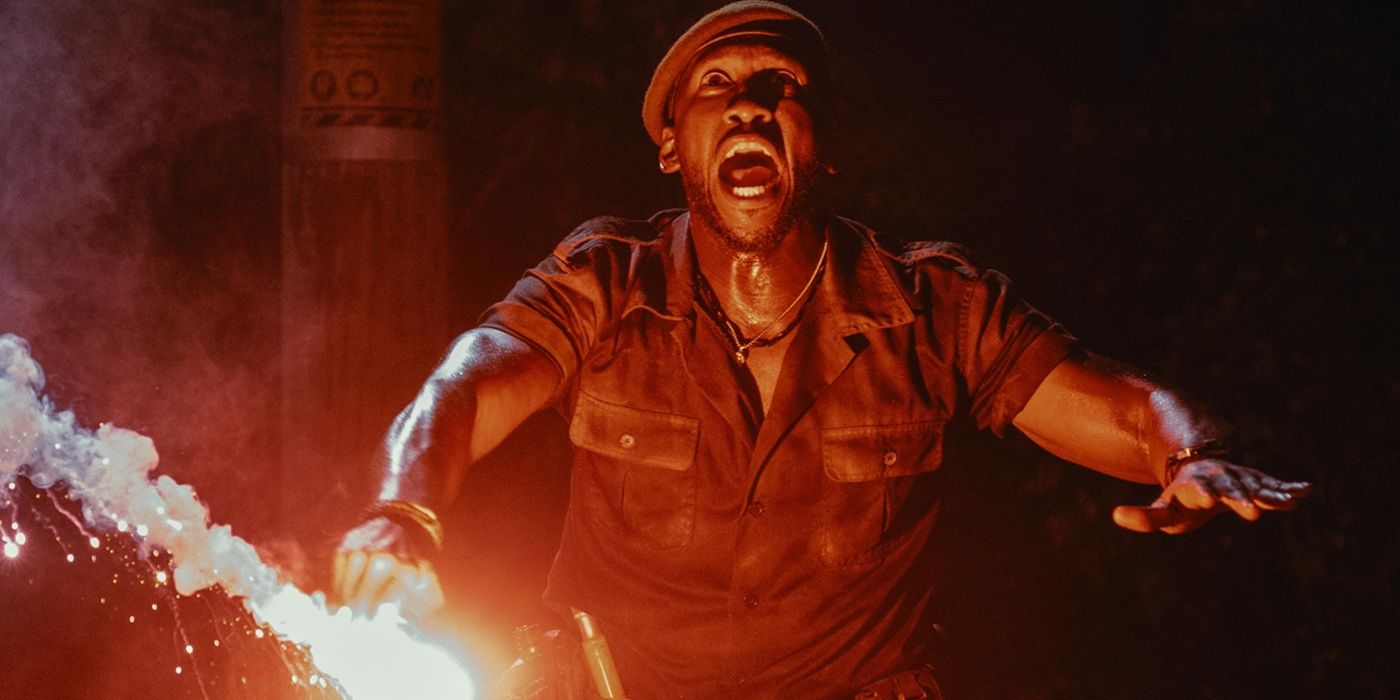

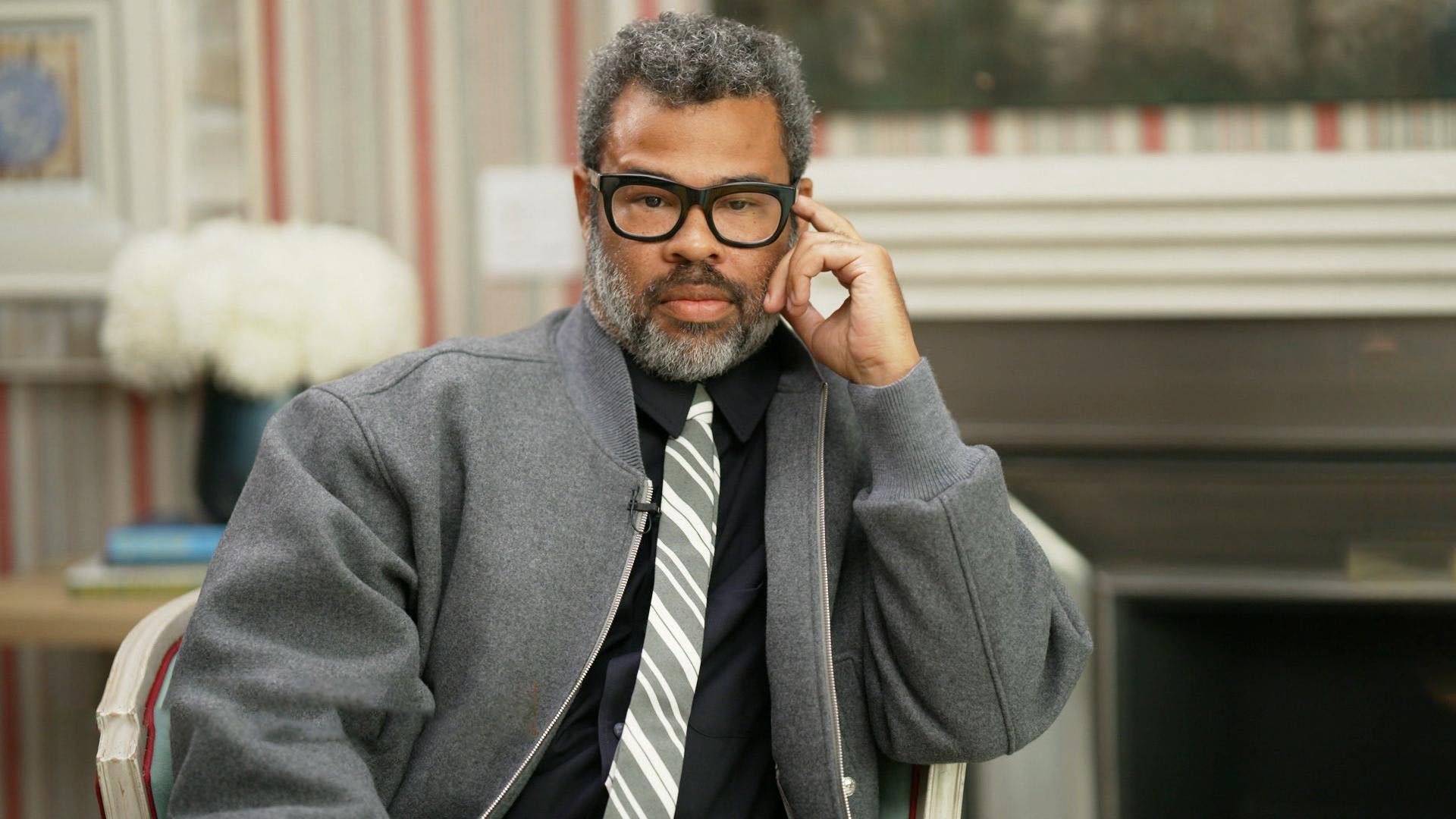




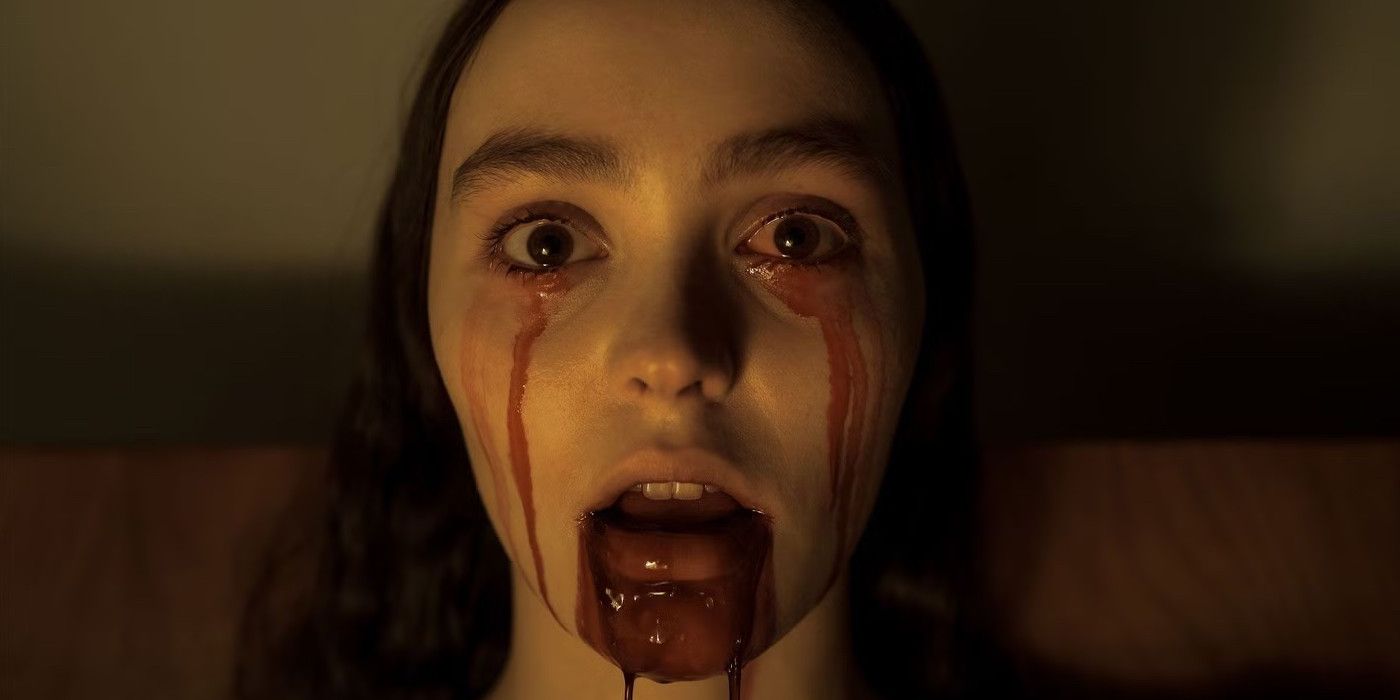

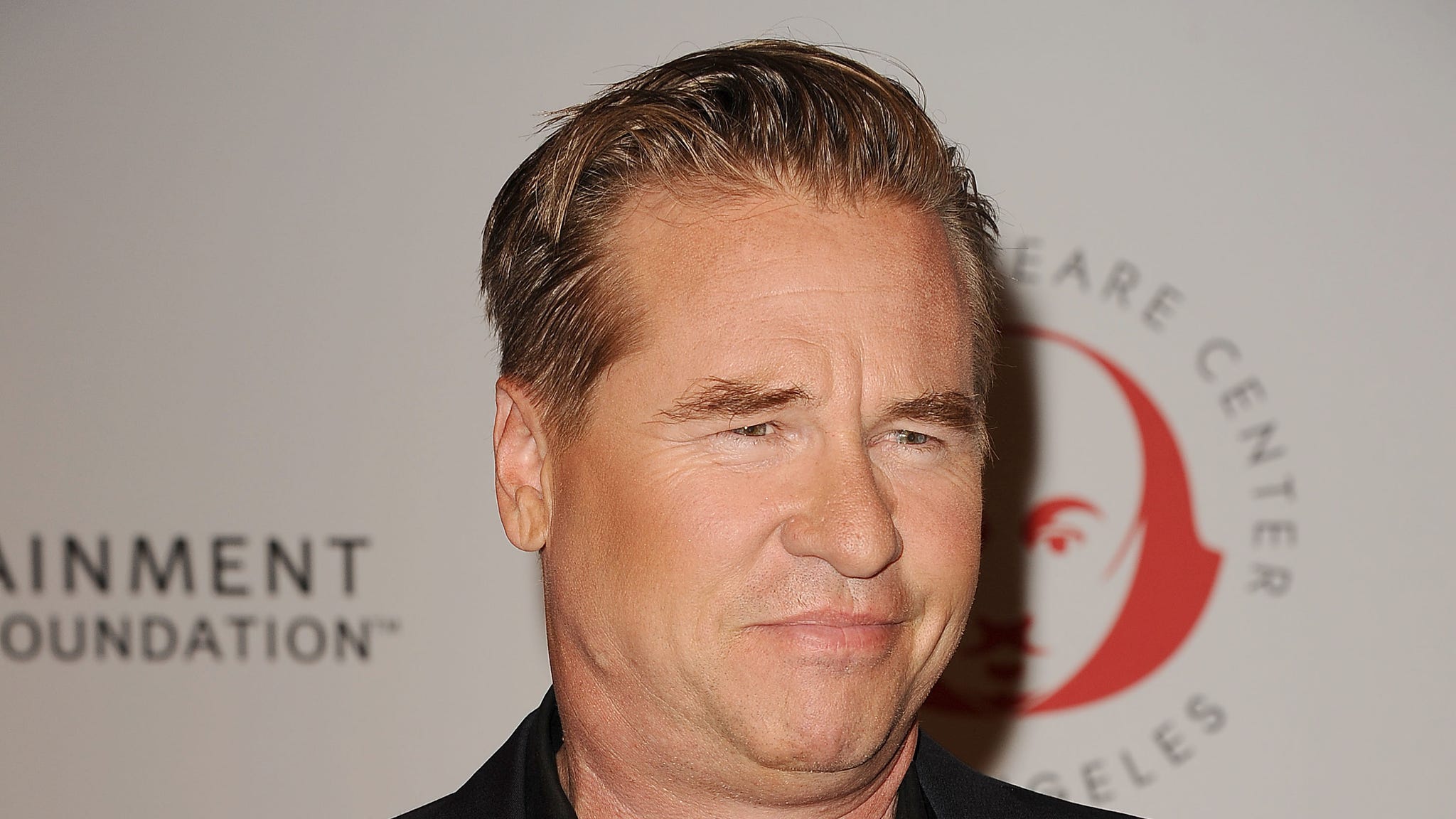
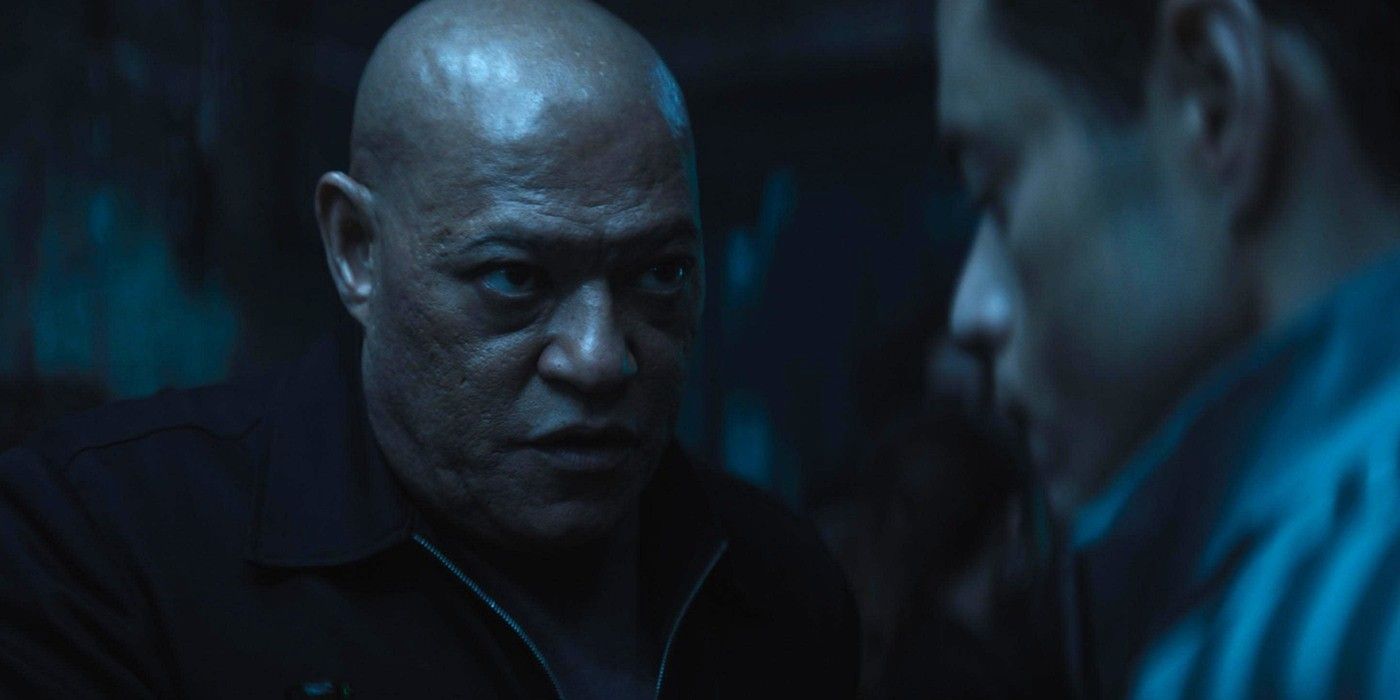


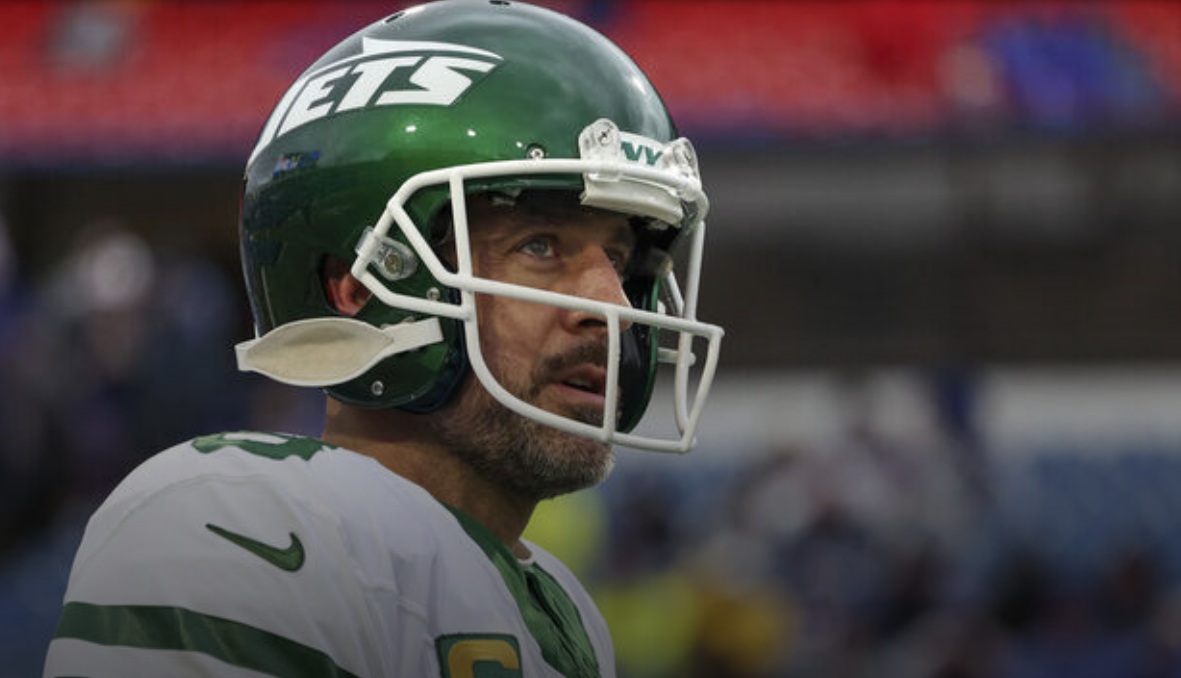
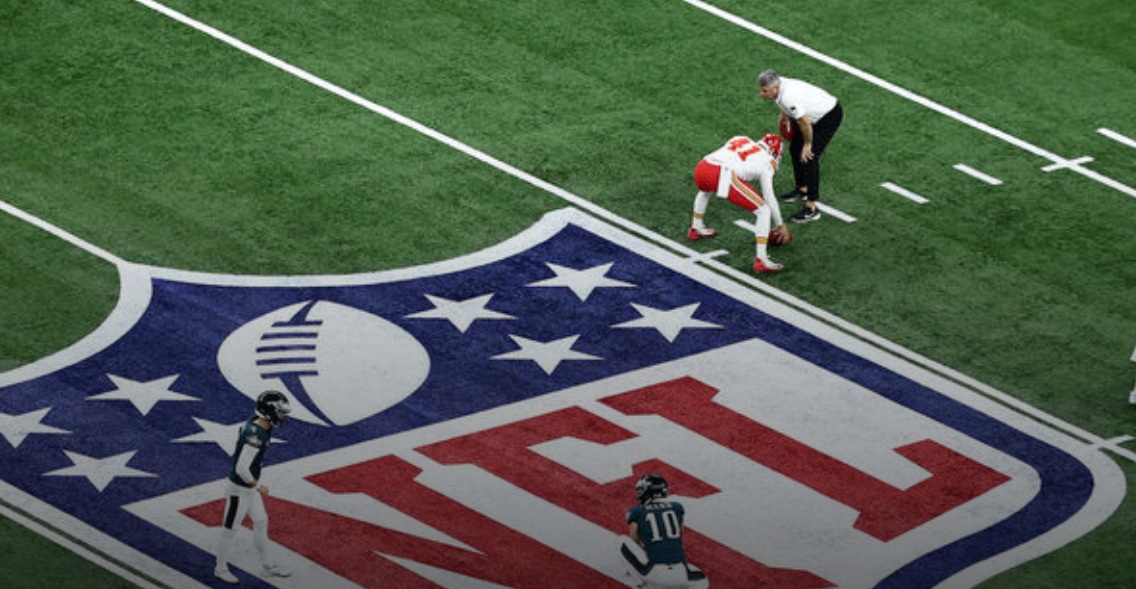



:quality(85):upscale()/2025/04/01/587/n/1922564/fe60d6be67ebe4b0bbd6f1.79749549_.png)
